- Cart
- |
- Personal Center
- |





1567nm VCSEL Vertical Cavity Surface Emitting Laser 1.0mW PL-VCSEL-1567-1-A81
Vertical-Cavity Surface-Emitting Laser (VCSEL) is a semiconductor laser that emits laser light perpendicular to the top surface. It is developed based on gallium arsenide semiconductor materials, which is different from LED (light emitting diode) and LD (laser diode). The structure consists of a mirror, an active layer and a metal contact layer. The two emitting mirrors are P-type and N-type Bragg emitters respectively. The active region is composed of quantum hydrazine, and a metal contact layer is made on the outer surface of the P-type DBR to form an ohmic contact, and a circular outlet is made on the P-type DBR to output the laser. It has a small far-field divergence angle, and the divergence angle beam is narrow and round; and the threshold current is low and the modulation frequency is high, which can reach 300KHz. Wavelength tuning can be achieved by changing the laser current and temperature. It is designed for high-speed fiber optic communication with built-in TEC and PD packaging.
Product features:7 Pin Small size、 Aspheric lens cap、 Integrated TEC controlled temperature stabilization、 Output power 1.6mW、 Single mode, can pass C-L band、 With wide spectrum tuning range: >8nm、 Fast wavelength tuning (~100KHz)
Part Number:--
Application area:TDLAS measurement gas system、 Face recognition、 LiDAR、 Data center, cloud computing
Add to Cart Consult Favorite

Parameter
Conditions: P = 20°C, IOP = 2.0mA, unless otherwise specified (P = chip backside temperature, controlled by TEC)
Parameter | Symbol | Value | Unit | ||
Min | Typical | Max | |||
Optical output peak power @ 25°C | P | 1.0 | 1.6 | mW | |
Operating bias current | Iop | 0 | 18 | 25 | mA |
Operating temperature range | Top | -40 | 25 | 85 | °C |
Threshold current | Ith | 8 | 12 | mA | |
Slope efficiency (CW, Tc=25°C) | Se | 0.14 | 0.18 | mW/mA | |
Laser drive voltage | VCC | 0 | 1.5 | 2.5 | V |
Resistance | RS | 50 | Ω | ||
Center wavelength Please specify the desired center wavelength in the order form | Δλ | 1525 | 1575 | nm | |
Guaranteed tuning range Positive voltage applied will reduce peak wavelength | λ | 8 | 10 | nm | |
Maximum frequency tuning response | fmax | 100 | 200 | - | KHz |
Side mode suppression ratio | SMSR | 30 | 40 | dB | |
Linewidth (-3dB half-height width), continuous bias = IOP | σ | 300 | MHz | ||
Relative intensity noise | RIN | -128 | dB/Hz | ||
Tuning voltage | Vture | 0 | Test Sheet | Test Sheet | V |
Tuning current | Itune | 0 | - | 100 | μA |
Tec voltage | VTEC | 0.35 | 1.5 | V | |
Tec current | ITEC | 0.05 | 0.6 | A | |
Experimental data
We conducted relevant experiments on VCSEL lasers and measured the relationship between the voltage, current and wavelength, as well as the frequency of the VCSEL lasers.
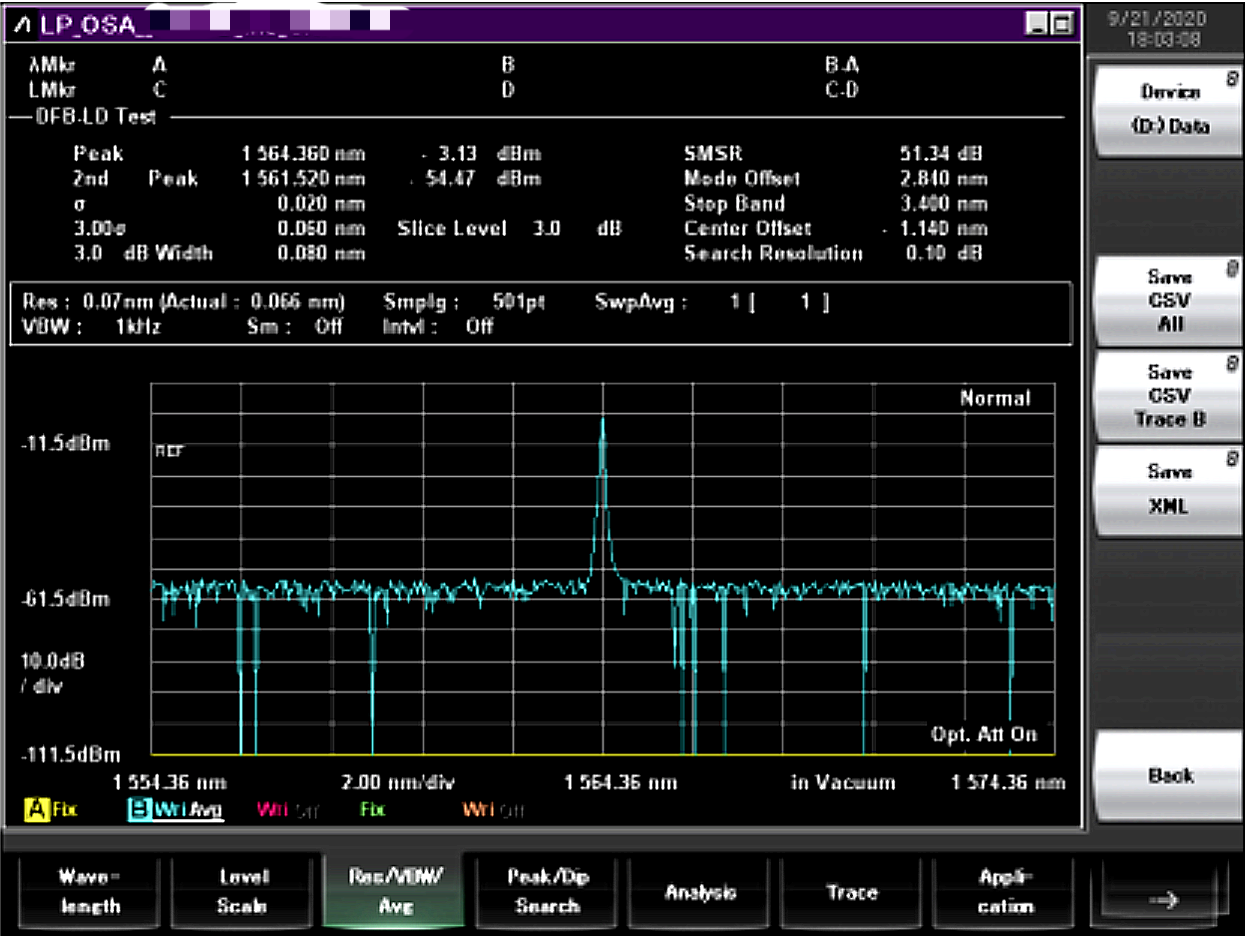
VCSEL spectrum
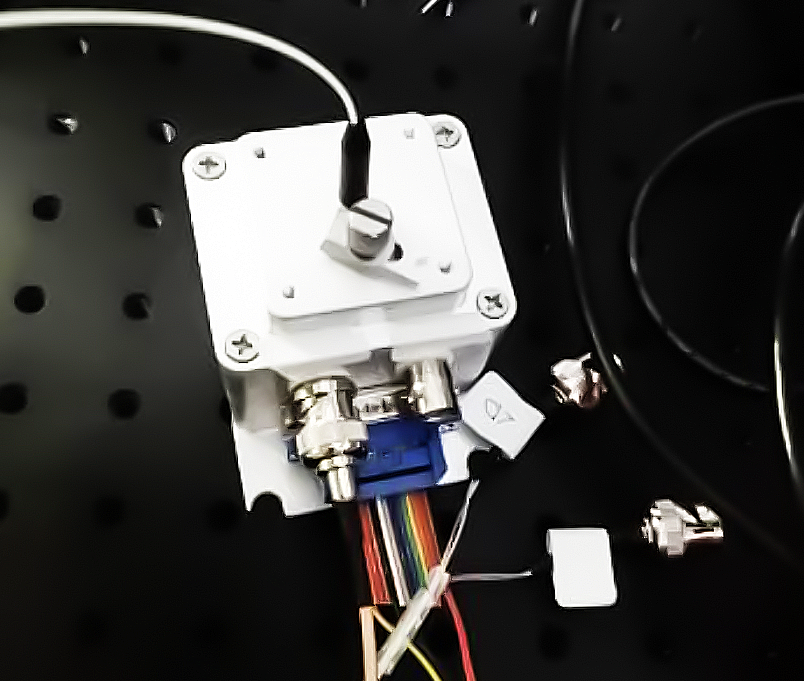
VCSEL laser measurement base
Voltage vs. Wavelength
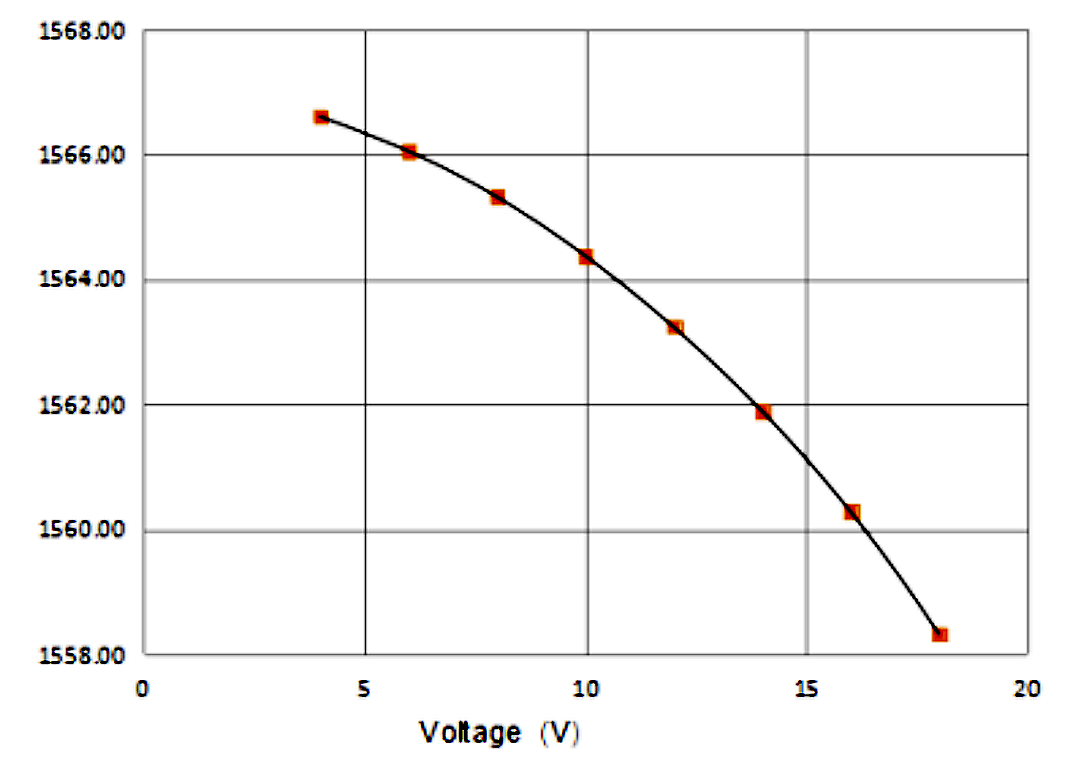
![1747646659644362.png [@PO]8GGVHZ01RUEWIE9IF9.png](/ueditor/php/upload/image/20250519/1747646659644362.png)
We load the laser with a voltage of 4-18V, increase the voltage by one point every 2V, and measure the data as shown above. We will find that as the voltage increases, the wavelength decreases by about 8nm, presenting a negative and nearly linear curve.
Relationship between current and wavelength
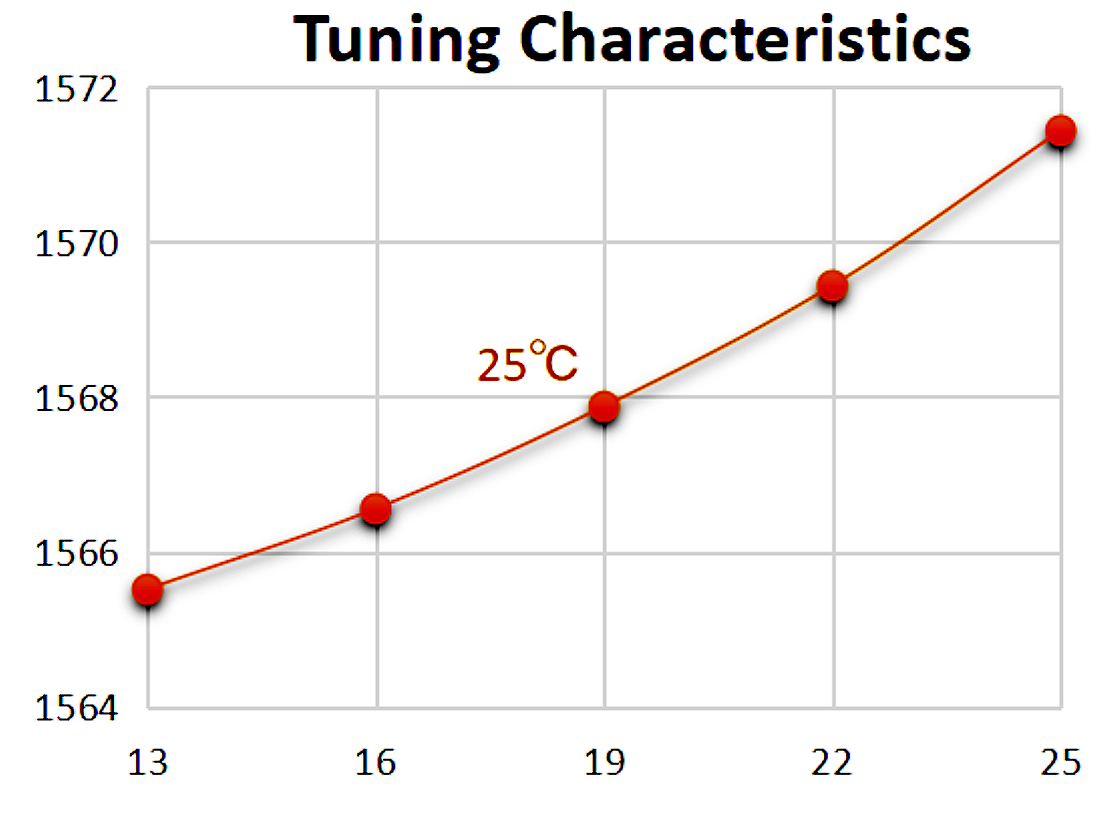
We kept the voltage constant and adjusted the current from 13 to 25mA, testing it every 3mA. We found that with current adjustment, the wavelength size changed significantly and presented a positive linear curve.
Loading different frequency variations
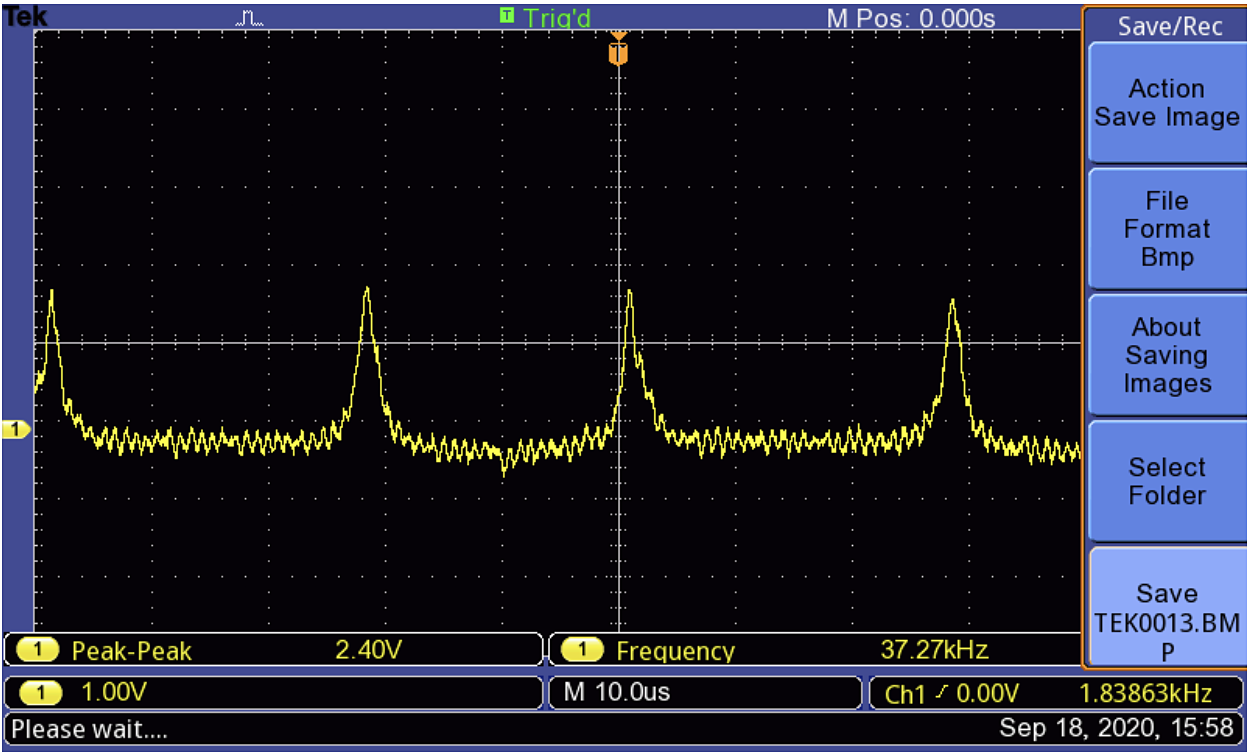
Loading 5V voltage, 20KHz frequency waveform
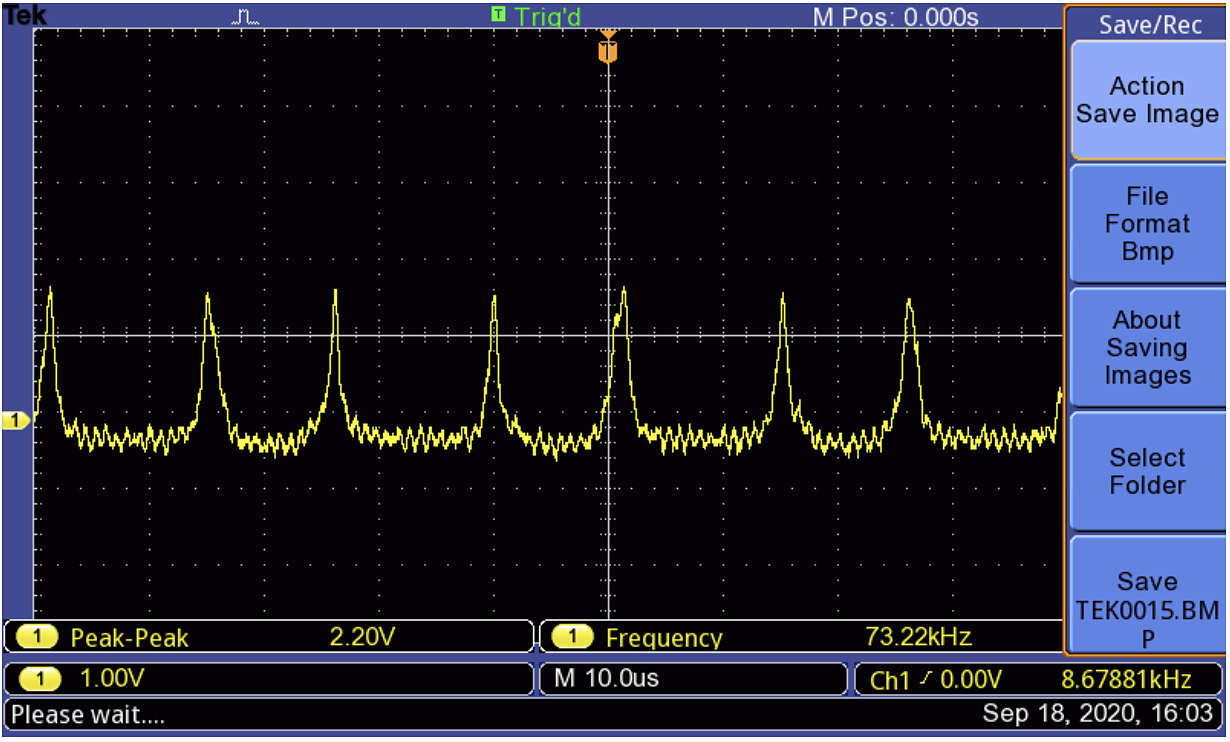
Loading 5V voltage, 60KHz frequency waveform
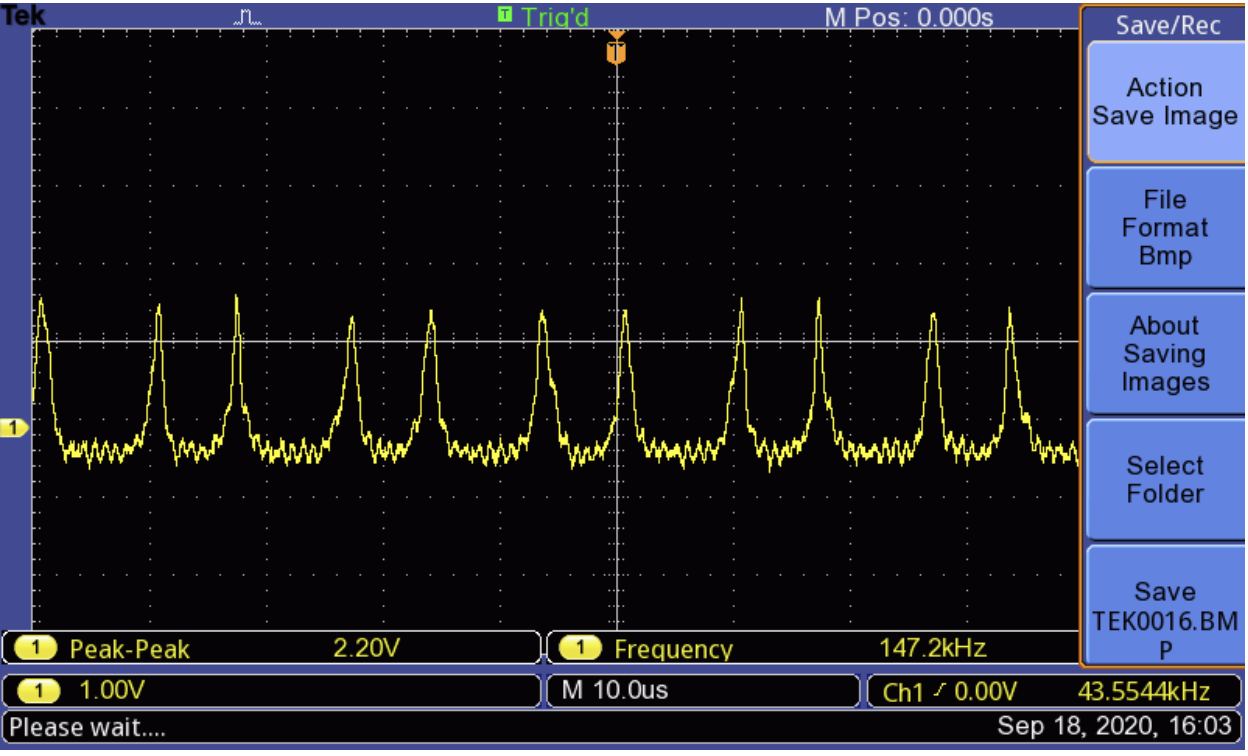
Loading 5V voltage, 40KHz frequency waveform
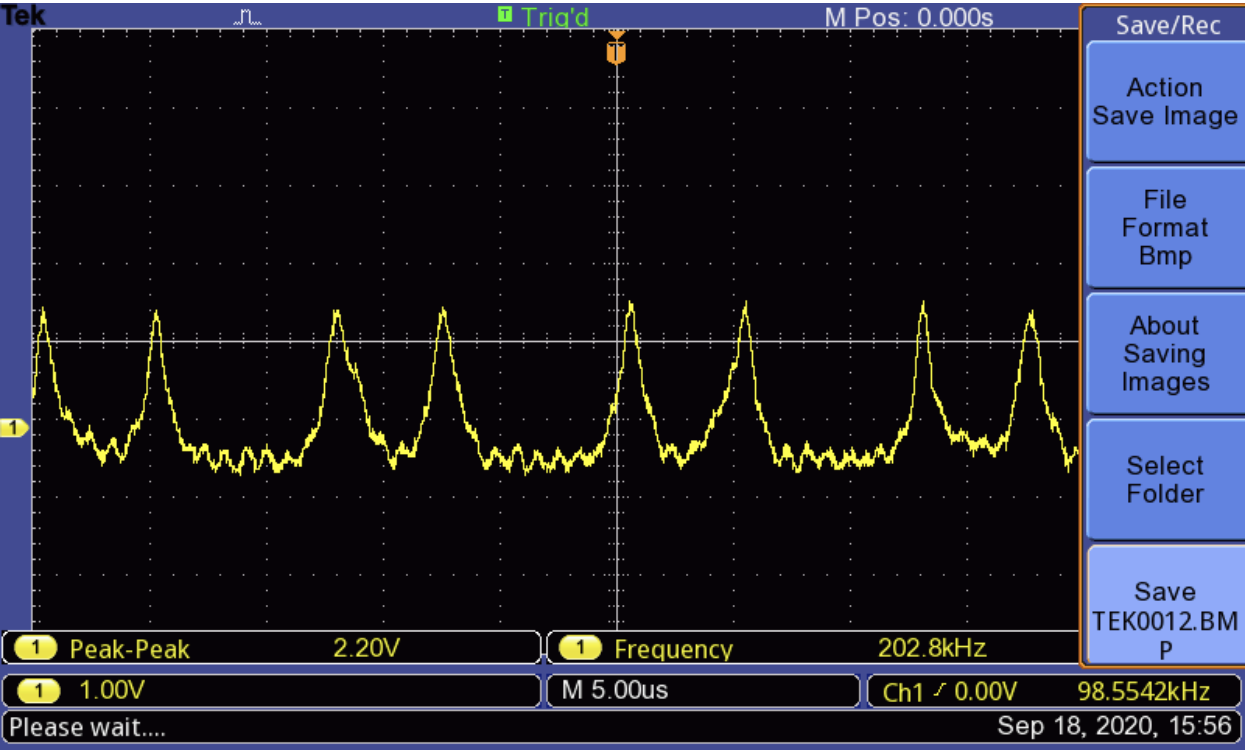
Loading 5V voltage, 80KHz frequency waveform
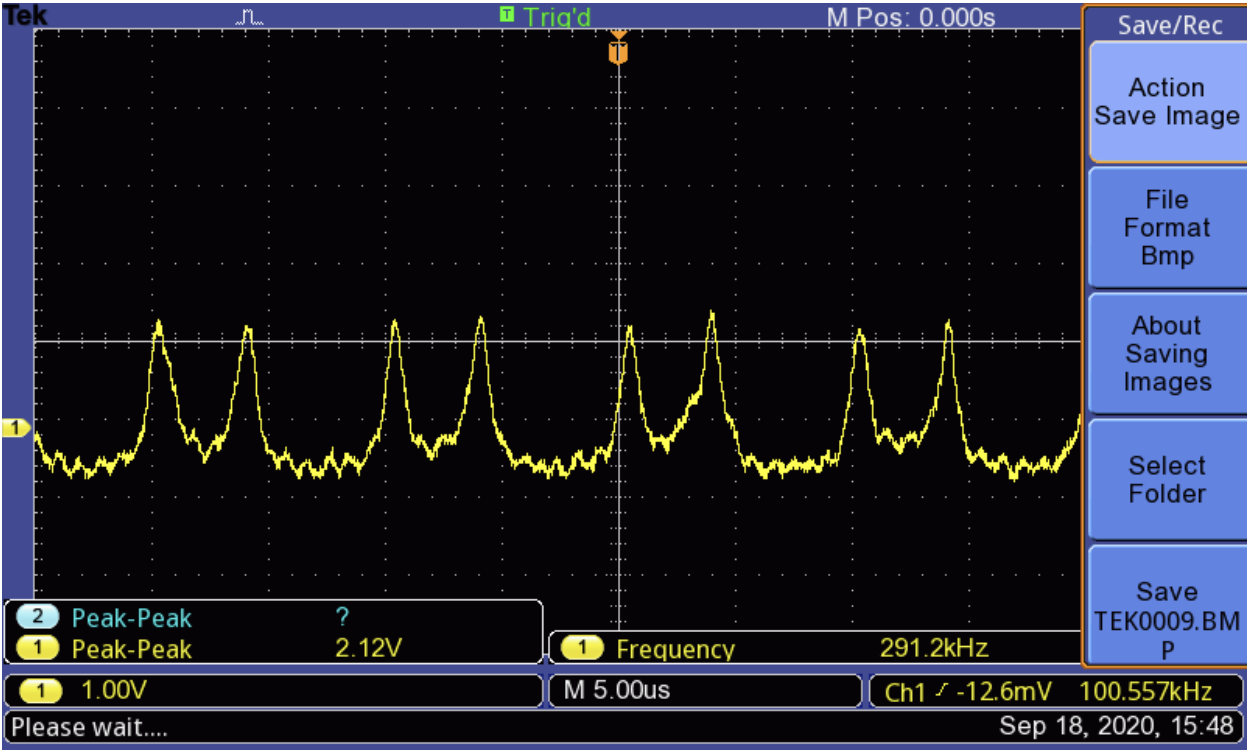
Loading 5V voltage, 100KHz frequency waveform
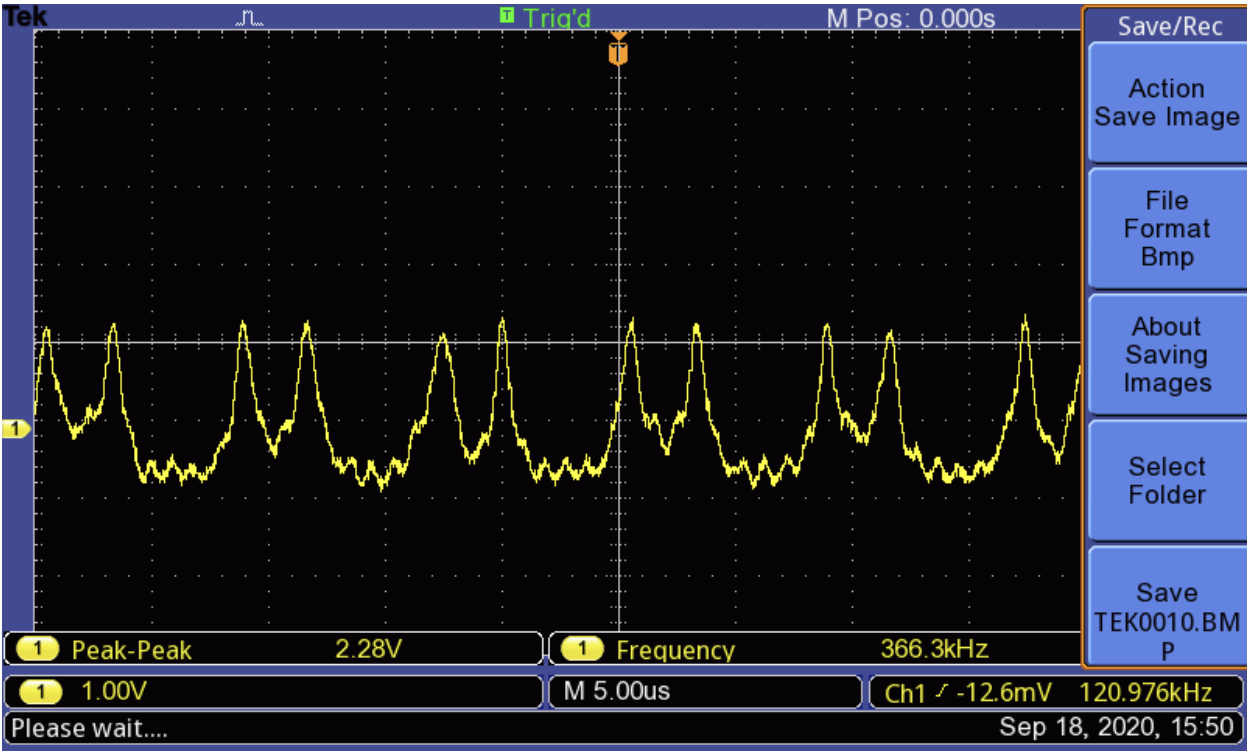
Loading 5V voltage, 120KHz frequency waveform
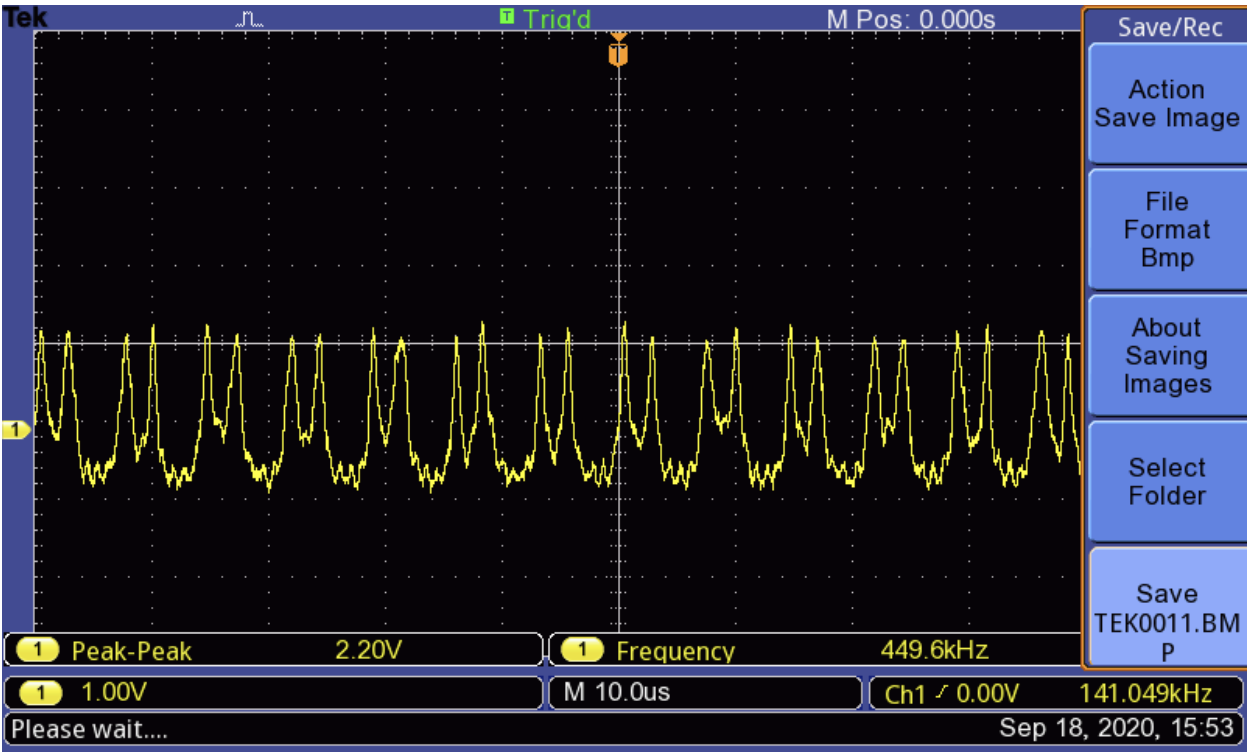
Loading 5V voltage, 140KHz frequency waveform
Fix the voltage to 5V and adjust the frequency value to get the above figure. Our modulation frequency is very high, which can carry more information and respond faster.
Structure
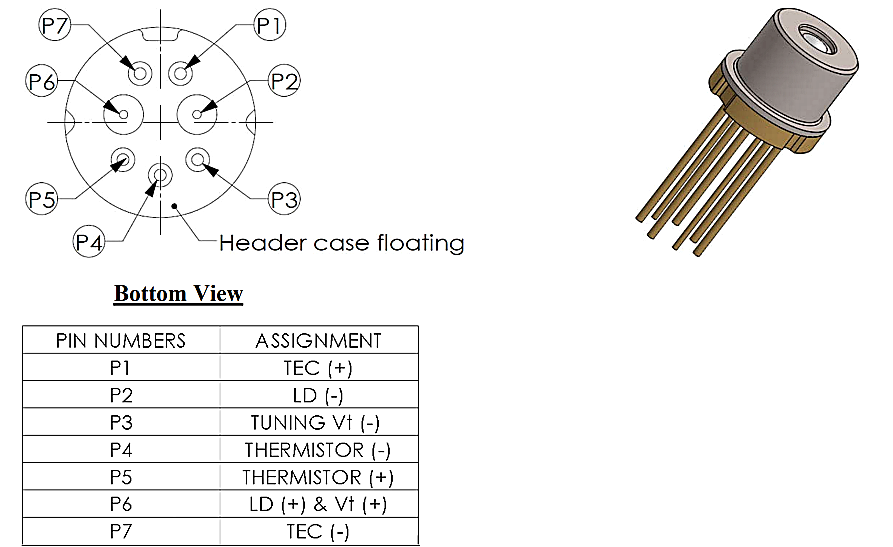
The generation of VCSEL laser mainly consists of three parts, namely, laser working material, pump source and optical resonant cavity. The pump source is used to excite the working material, forming a particle number inversion and emitting laser. In the resonant cavity composed of the bottom and top reflectors, the oscillation is amplified in the laser cavity and output from the top reflector. The output light is only concentrated in the middle part without the oxide layer, forming a vertical cavity surface laser emission, thereby obtaining a stable, continuous, high-quality laser with a certain power.
--
⇪